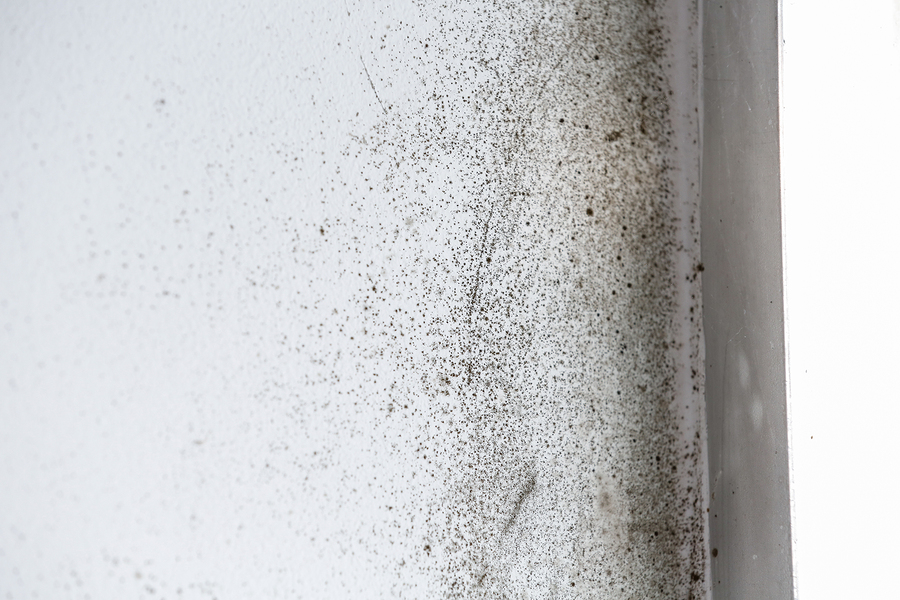

Brace your selves! We’re talking about Fungus this week. Fungus is a word that gives you creepy tingling sensations up your spine! Fungus, believe it or not, is a common disturbance in the realm of skin care. The most common fungal infections of the skin are athlete’s foot, ringworm, jock itch, and yeast infections. These can be easily transmitted from one person to another by touch or proximity, that is– skin to skin contact. It is important to be wary of your surroundings and know what these things are before you accidentally come in contact with them.
A fungal infection tends to only affect the outermost layers of the skin called the epidermis. Individuals who are more susceptible to fungal infections are those who suffer from diabetes and obesity. Fungus thrives in lukewarm, moist environments. So it is more likely to appear in folds of skin and places where sweat can linger like hair, armpits, feet, and thighs, etc. Not to mention, a fungal infection can infect one part of the body but show up in another. This does not necessarily mean that area it shows up in is infected— it’s how the fungal infection may reveal itself.
A red flag, if you will, for a fungal infection is an area that is red where the skin is pealing and is itchy. This could be a sign of something you may want to get checked out by a dermatologist or professional. The best you can do for a fungal infection without anti-fungal medicine is to keep it dry, try not to scratch it, and to not excessively scrub the area. Again, see a professional for better prevention and so you don’t spread it to someone else– think of your neighbor!
The EE 411: Prevention Tips
Instead of grossing you out with in-depth descriptions of athlete’s foot, (although we do recommend you look it up) we thought we could give you some tips/cautions to help prevent further fungal infections—you’re welcome!
Tips and Precautions:
• Keep clothes and skin dry especially after showering
• Wear clothes that give your skin space to breathe
• Change your socks daily
• Change your shoes so that the same pair aren’t worn every day (let them air-out too)
• Wear shower shoes or swim shoes in a public shower or pool place (that one should be a given)
• Sharing is caring but not a towel, brush, washcloth, etc. (Don’t do that)
• Change and wash linens and clothes as often as needed
• Educate yourself on fungal infections so you can identify them when you see them
• Try using over-the-counter medicated foot powder or spray to eliminate small infections
.Share with us: How do you protect your home?
(This post was brought to you by Earth’s Enrichments. Similar posts can be found by visiting our Blog. More information about our company and products (USDA Certified Organic Soaps, Organic Bath Salts, Organic Sugar Scrubs, Organic Body Balms and Organic Lip Balms) can be found on our Website. Thank you Earth’s Enricher!)


